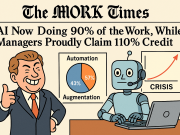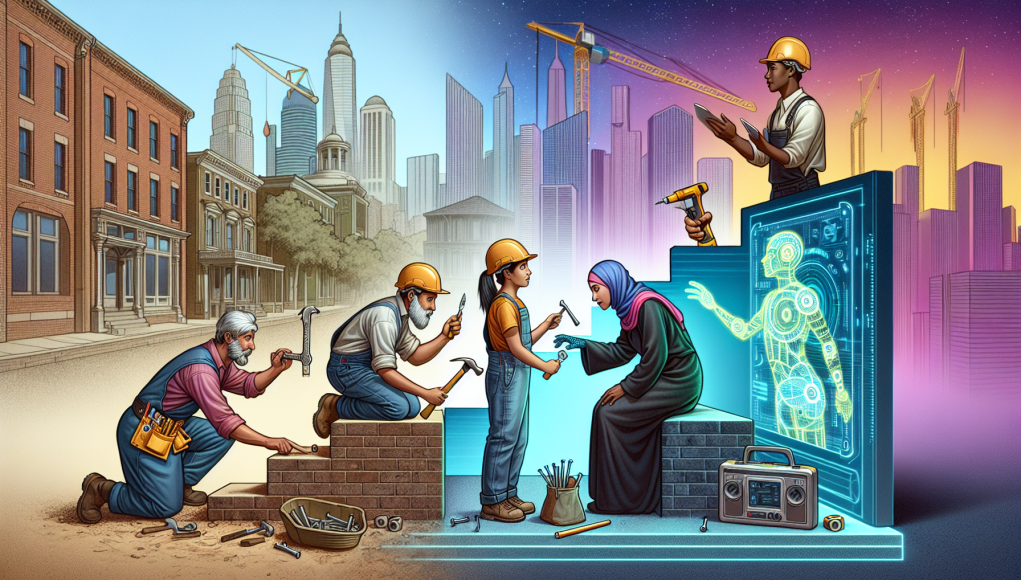January is a month of fresh starts and new resolutions. It is also National Mentoring Month—a time to reflect on the profound impact of mentorship in every profession, including the construction industry. Mentorship has undergone a significant transformation, evolving alongside the construction sector itself, from the hands-on passing of skills in trades to the advent of digital tools and high-tech methodologies. This evolution reflects the changing face of our work environments and the dynamic nature of how professionals develop their careers today.
The Craftsmanship Era: Hands-On Learning
For centuries, the world of construction thrived on the master-apprentice model. In ancient times, apprentices learned their crafts in grueling yet rewarding environments, standing side-by-side with seasoned veterans. Master craftsmen taught not only the techniques and secrets of the trade but also instilled values of determination, precision, and pride in their work.
This era of mentorship was marked by close personal relationships, where guidance was imparted through observation, imitation, and practice. Learning was done by doing—mentors shared their wealth of knowledge through manual tasks, ensuring continuity in skills and craftsmanship across generations.
Revolutionizing with Technology: The Digital Shift
The turn of the 21st century marked a significant shift as construction began integrating technology in unprecedented ways. With the rise of advanced machinery, computer-aided design (CAD), and later, Building Information Modeling (BIM), the construction landscape transformed. This shift necessitated a new form of mentorship, where seasoned professionals had to adopt a growth mindset, becoming students of technology as well as teachers of traditional methods.
Mentorship also expanded beyond face-to-face interactions. Online platforms, webinars, and digital forums have enabled mentorship to occur across vast distances. Accessible resources such as video demonstrations and virtual reality simulations now supplement on-site experiences, providing learners with a rich tapestry of learning opportunities.
The Era of Innovation: Crafting Leaders of Tomorrow
Today, as we stand on the brink of further technological advancements, including automation and artificial intelligence, the role of mentorship in construction is more crucial than ever. High-tech environments demand that mentors not only share their knowledge of the latest tools and techniques but also encourage innovative thinking and adaptability in their mentees.
Modern mentoring extends beyond technical skills. It encompasses leadership, communication, and collaboration—essential components in a field where projects are increasingly complex and interdisciplinary. Mentors now guide the upcoming generation in navigating a digital landscape, fostering an environment where creativity and technology converge to solve real-world construction challenges.
Building the Legacy: Mentorship as a Cornerstone
As we celebrate National Mentoring Month, it is a perfect moment to acknowledge the mentors who have shaped the construction industry—and continue to do so. They build not just structures but careers, their influence extending like the skyscrapers they help construct, towering over the horizons of individual growth and collective advancement.
The legacy of mentorship is one of evolution, from the tactile world of trades to the intricate dance of high-tech and innovation. It will continue to evolve in this ever-changing industry, ensuring its role as a cornerstone of career development and professional excellence in construction.
Let’s continue to embrace mentorship as a vital force in shaping the future of construction—one hammer, one blueprint, and one digital revolution at a time.




























